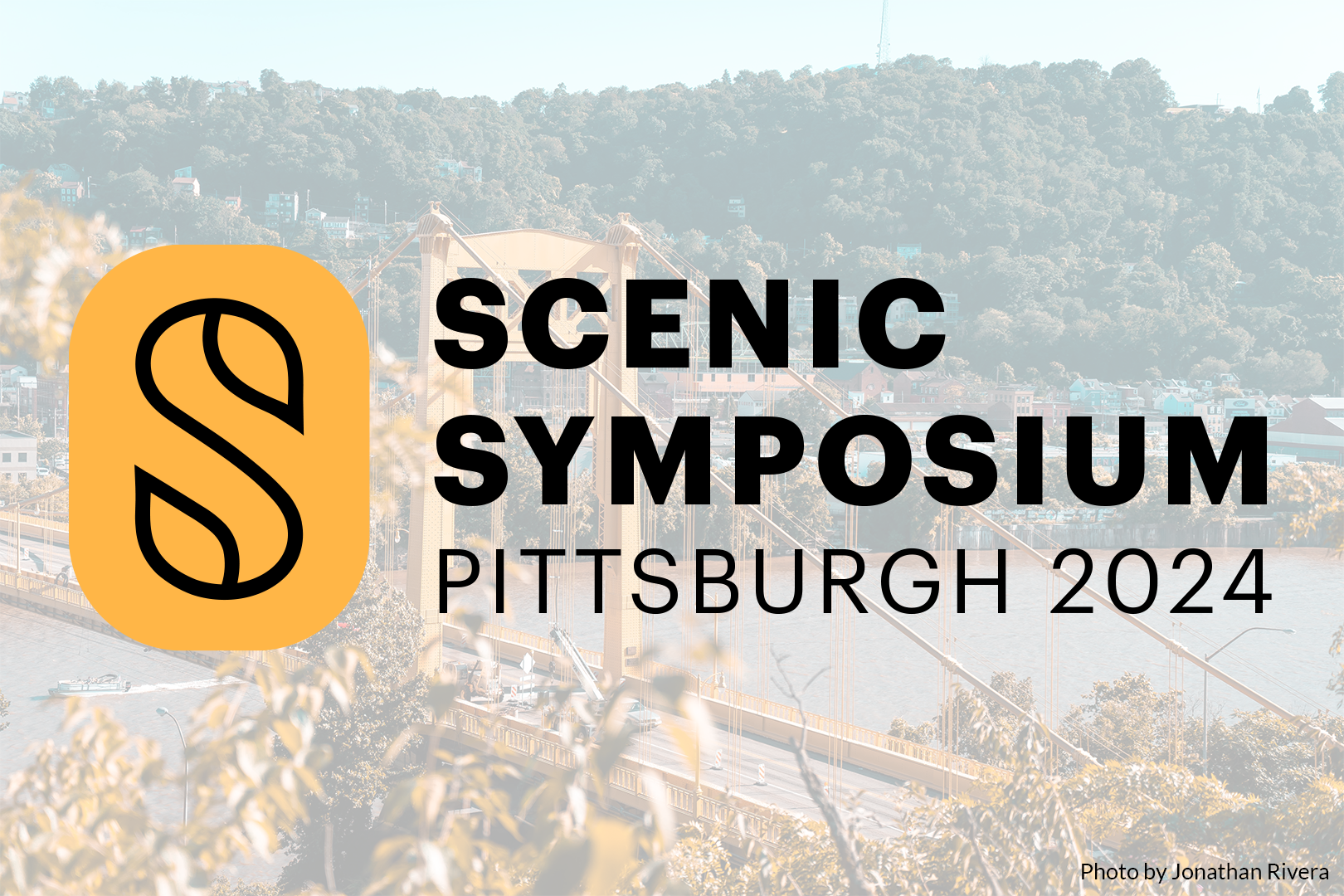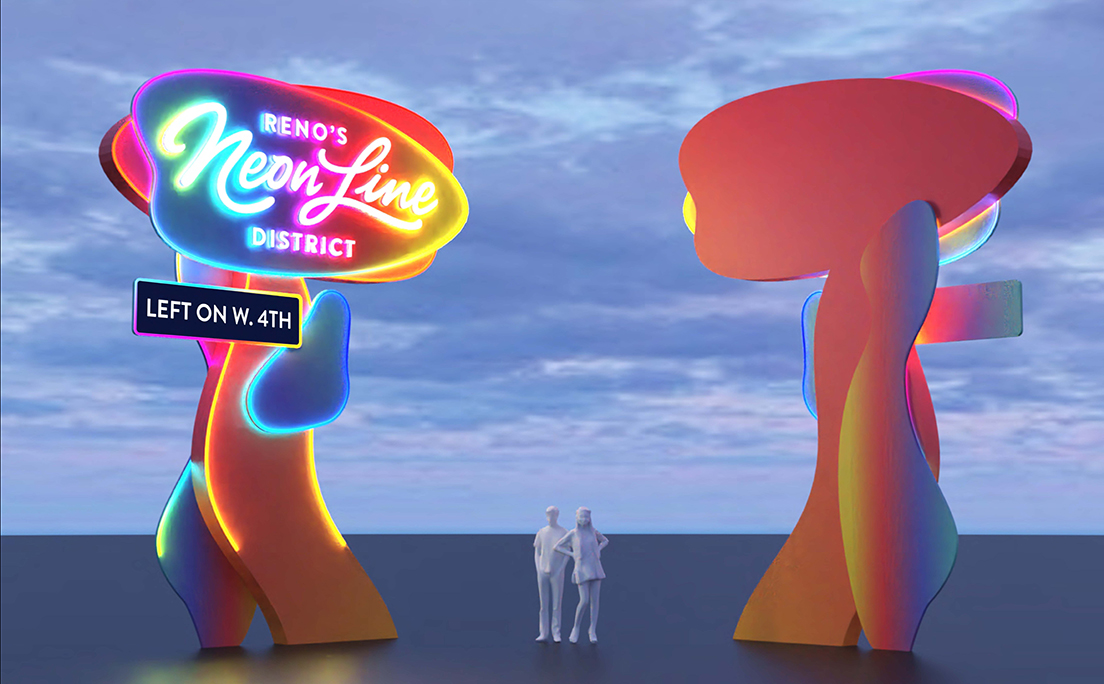
Two City-approved 25-foot-tall signs were struck from a development agreement as violations of city sign codes because of a lawsuit brought by Scenic Nevada. The Court declined Scenic Nevada’s request in the lawsuit to prohibit a third sign and to void the rest of the development agreement.
Scenic Nevada challenged the legality of the three signs and the development agreement between the city and land developer entities associated with Jacobs Entertainment in the case heard by Washoe County District Court Judge Connie Steinheimer. Her decision and order were issued last Friday, September 22. Read the Judge’s Order.
The development agreement was approved by the Reno City Council in 2021 over objections by Scenic Nevada and local citizens. It set the terms and conditions for development of the area surrounding west Fourth Street in downtown Reno that developer Jeff Jacobs named the Neon Line District.
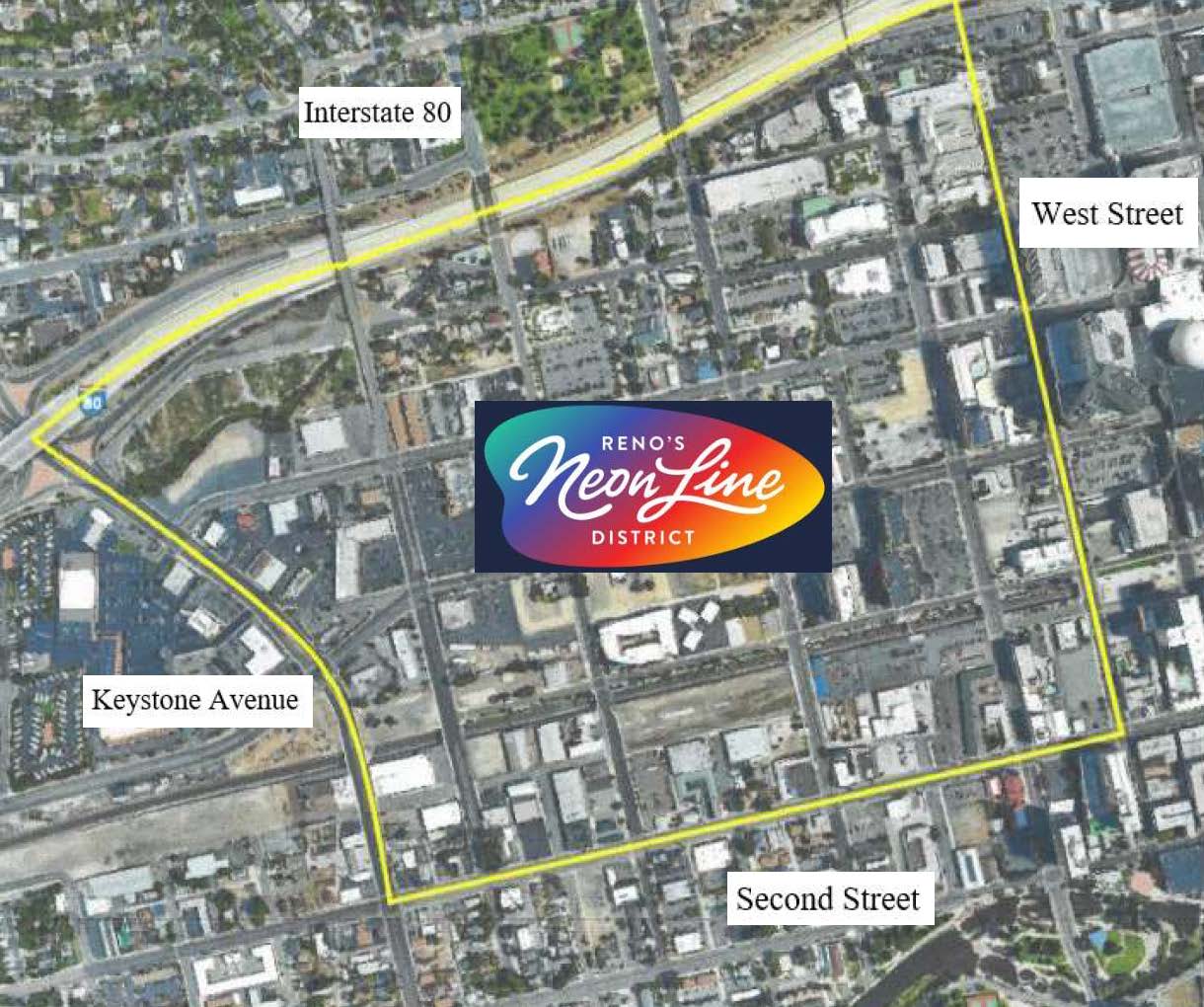
Scenic Nevada had argued that the Jacobs entities that entered into the development agreement did not have a legal or equitable interest in approximately 33 of the parcels covered by the agreement, as required by state statute. Generally, the judge found that the Development Agreement satisfied the statute because even though the Jacobs entities did not directly own all the parcels in the development agreement, “the developer’s decision making and ongoing involvement” with the affiliates is what led to purchasing the land and including the parcels in the development agreement. “All this points to the Developer’s equitable interest” in the land, Judge Steinheimer concluded.
Area Identification Signs and Billboards
Scenic Nevada contended that the three signs violated city code and Scenic Nevada’s rights under a 2017 Settlement Agreement between Scenic Nevada, the city and billboard company Lamar Advertising regarding billboards that requires any new billboard to comply with City code, including surrender of a banked receipt to the City when a sign company wishes to erect a new billboard. The Settlement Agreement was signed by Mayor Hillary Schieve on behalf of the Reno City Council, ending a five-year legal battle that led to the enforcement of the people’s 2000 vote to ban new billboards and prohibit digital conversions.
The proposed signs are known as the Cemetery Sign, the Archway Sign and the Gas Station Sign. The City and developers claimed that the three signs were “Area Identification Signs,” not billboards.
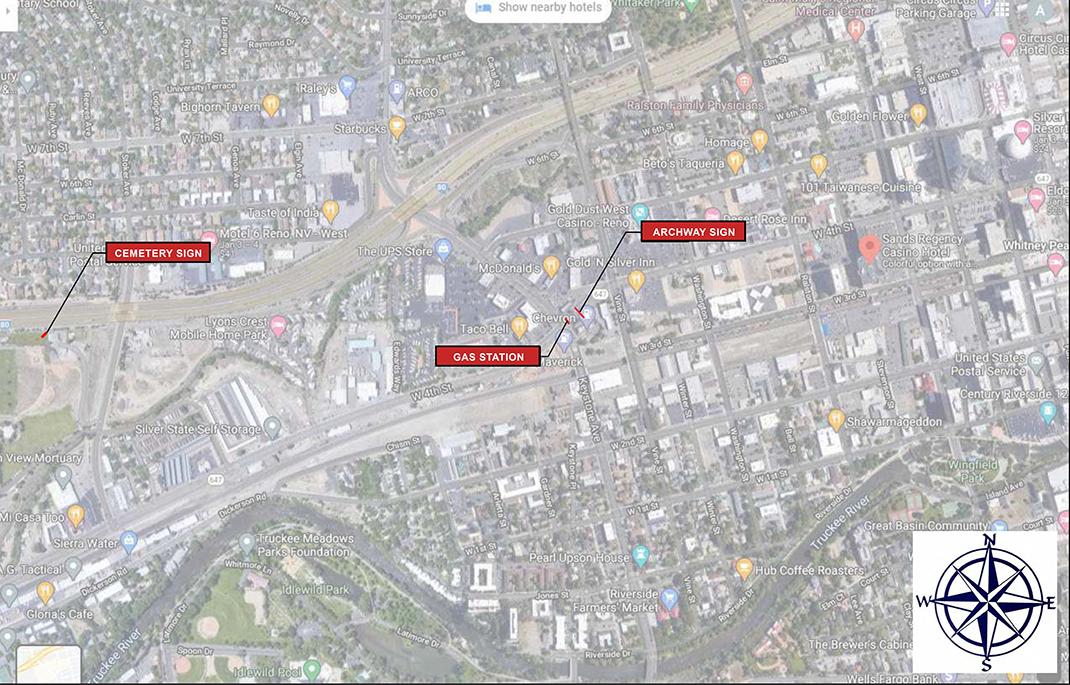
The Cemetery Sign was approved for a location in a graveyard three-quarters of a mile away from the Neon Line District and fronting Interstate 80, to promote the Neon Line District to passing freeway drivers. The sign location was clearly off premises from the Neon Line district and met the definition of a billboard under City code. The development agreement did not require the developers to surrender a banked receipt for approval of this billboard, as required by City code and the 2017 Settlement Agreement.
The court’s decision states: “Therefore, the Court finds that the proposed Cemetery Sign is a billboard…(and) violates the 2017 Settlement Agreement (and billboard codes), as the Development Agreement did not require the Developers to redeem unexpired banked receipts in order to erect a Billboard.”
There are 21 remaining unused banked receipts owned by billboard companies, and, if not used, will all expire between now and 2025.

Judge Steinheimer also struck from the approved development agreement the on-premises Gas Station Sign proposed for the Chevron station at the corner of Keystone and Fourth Street. The Gas Station Sign was to be 25 feet tall and would be located about a block away from the third sign, the Archway Sign on West Fourth Street near Keystone Avenue.
The judge held that the Gas Station Sign isn’t an area identification sign or a billboard, but an on-premises sign that violates city sign codes, including the ordinance that limits on-premises signs in the mixed used district to 8 feet fall. In her ruling the Judge said, “Individuals do not need two signs to identify the Neon Line District.”
The court found that the proposed Archway Sign is the only “Area Identification Sign” in the bunch because the text on the sign is limited to “Reno’s Neon Line District.”
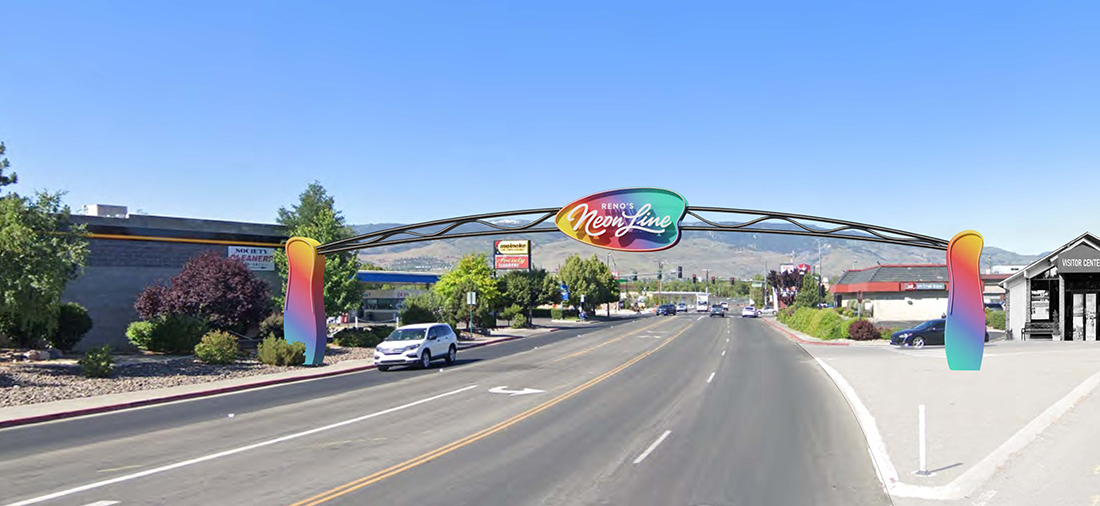
“This language does not seek to advertise or promote the commercial interests of the Neon Line District,” she said. “Rather, this language allows individuals to know they are located within the Neon Line District…Thus, the Court finds that the Archway Sign is an Area Identification Sign.”
The Archway Sign will span four lanes of traffic on Fourth, a public road, on the western entrance to the district with one pylon anchored on a vacant property near the Chevron gas station and the other in the public right-of-way.
Scenic Nevada asserts that an Area Identification Sign is an on-premises sign and should be regulated as such. Scenic Nevada also contends that no on-premises signs or billboards are allowed in the public right-of-way; therefore, the Archway sign should have been prohibited by the City. Siding with the developers and the City, Judge Steinheimer held that Area Identification Signs are neither on or off-premises signs and are not regulated by the sign code at all. The judge concluded that because the Archway Sign isn’t an on-premises sign, the restrictions in code “do not preclude the City from allowing the sign to be placed in a public right-of-way.”
The Developers and the City Raise the Standing Issue
The issue of standing – the right to sue over an alleged wrong – was raised by the City and the developers, asserting that Scenic Nevada had no standing to complain of the signs or the development agreement.
Judge Steinheimer ruled that Scenic Nevada had standing. “If the City entered into an agreement allowing for the erection of billboards without implementing the appropriate banked receipts requirements, the City could be in violation of their implied covenant of good faith and fair dealing regarding the 2017 Supreme Court Settlement Agreement,” she wrote in her order. “Scenic has standing to challenge the Development Agreement on grounds of a possible violation of the 2017 Supreme Court Settlement Agreement.”
We’re grateful to the Court for its decision to remove two of the signs from the Neon Line contract effectively upholding sign codes and our Settlement Agreement with the city. Hopefully, this decision will serve as a reminder that the City Council and the City Attorney’s Office must do their part to enforce both in the future.
To support our continued efforts to preserve the scenic beauty of our state, as well as fighting billboard proliferation, please donate to Scenic Nevada today.
